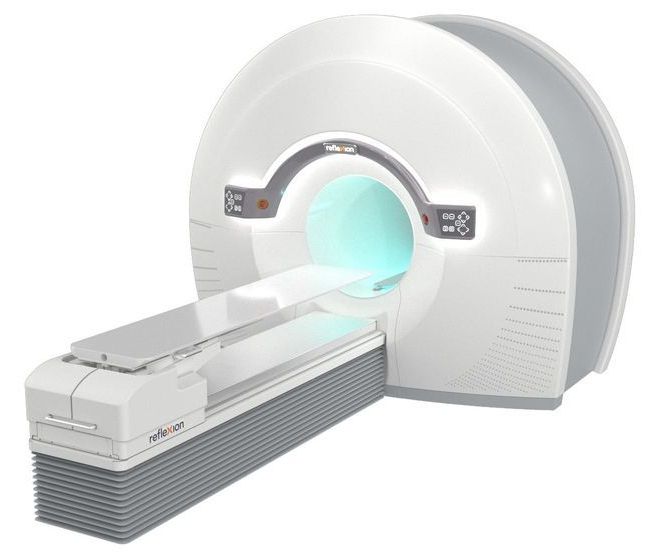A new technology aims to make tumors their own worst enemy in the fight against cancer — and Stanford Medicine will be the first in the world to incorporate the treatment into the clinic.
The first generation of a machine using this technology — the X1, from the company RefleXion Medical — harnesses positron emission tomography to deliver radiation that tracks a tumor in real time. This PET feedback allows the system to send beams of radiation to destroy cancerous cells with heightened precision.
Researchers hope that this “biology-guided radiotherapy” will increase accuracy, safety and efficacy of cancer radiation treatment. Stanford physicians plan to test the X1 later this year through clinical trials at Stanford Hospital. Their first step will be to obtain approval by the Food and Drug Administration.








